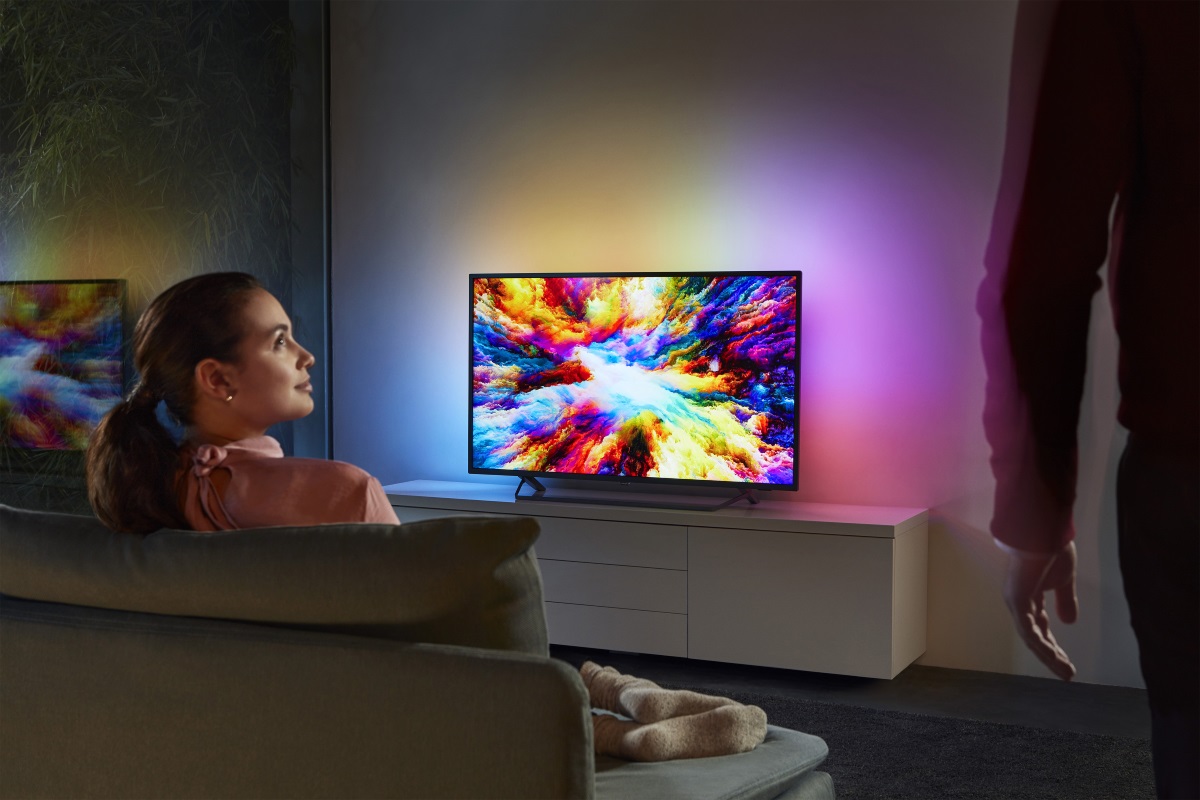




This article marks the beginning of a series focused on TV labeling, designed to help you better understand and choose the right television model.

The information has been updated to reflect changes in labeling as of 2020. LG, one of the leading TV manufacturers, is particularly known for its OLED displays. These models are easily identifiable, as they feature "OLED" at the beginning of the model name. But what about other types of TVs? What useful details are hidden in the model names of non-OLED TVs? Let’s break it down.
LG differentiates its OLED TV models from those with traditional screen matrices, so we’ll start by exploring the latter.
Screen Size: The first element in the model name indicates the TV’s diagonal screen size in inches.
Screen Type: Following the diagonal, you’ll see a letter representing the screen matrix type. For example, "S" stands for Super UHD with Nano Cell matrix, "U" indicates a UHD matrix, "L" refers to an LED matrix, and "E" represented OLED until 2016.
Year of Development: The next letter signifies the model’s development year, with "N" for 2020, "M" for 2019, "K" for 2018, "J" for 2017, "H" for 2016, "F" and "G" for 2015, and "B" and "C" for 2014. Some older models used "N" and "A" for 2013.
Series: After the development year, the model number includes a series designation. These series combine certain technologies and are tied to the type of matrix used. Budget models tend to fall in the 6th series, while UHD models are in the 7th series, and more advanced Nano Cell models are in the 8th or 9th series.
Specific Model: A number after the series denotes the specific model within that series, highlighting particular features or characteristics.
Design Modifications: The next part of the label refers to design variations. Manufacturers may modify the stand, frame thickness, or device color within the same model, and this section of the label captures those design changes.
Regional, Tuner, and Modification Information: Starting in 2018, the final three letters in the model name provide more specific details. The first letter indicates the target market: "P" for global markets, "W" for the Korean market, "S" for the UK and Singapore, and "T" for the USA. The second letter relates to the type of tuners the TV has, such as "L" for DVB-T/T2/T2HD/C/S/S2, "U" for ATSC and Clear QAM, and "N" for ATSC 3.0 and ATSC 1.0. The third letter designates any modifications, with "A" being the current standard modification marking.
7.1 Older Models (2018 and earlier): For these models, tuner types were marked separately after the modification letter. For example, "T" represents DVB-T, "C" stands for DVB-C, "S" is for DVB-S2/T/C, "V" for DVB-S2/T2/C, and "0" for DVB-T/C.
To summarize, a TV model labeled 55UM760PLA can be decoded as follows:
55: 55-inch screen.
U: UHD matrix.
M: Developed in 2019.
7: 7th series.
6: The sixth model in the series.
60: Design modifications, such as stand type or frame thickness.
P: Intended for global markets.
L: Equipped with DVB-T/T2/T2HD/C/S/S2 tuners.
A: Indicates a modification in the model.
Understanding these labels can make selecting the perfect TV much easier.